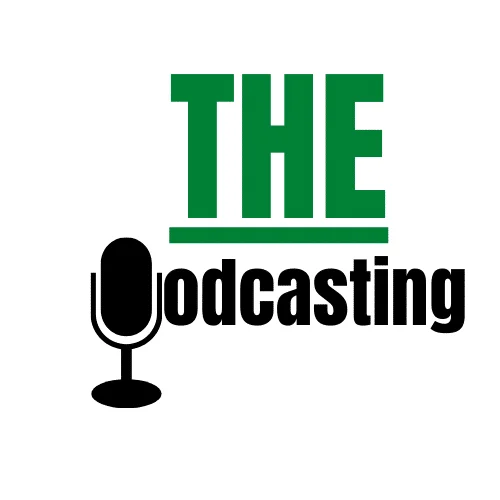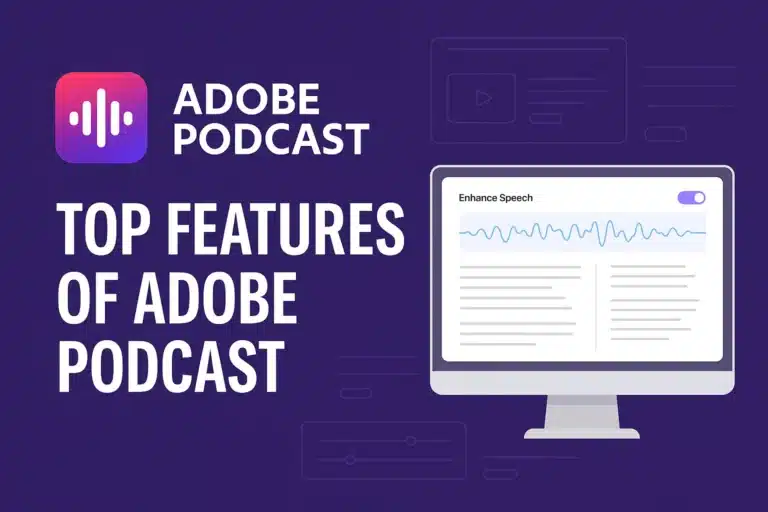As a podcaster, you’ve spent countless hours creating and producing your podcast. You know that you have great content, but how do you convince advertisers to work with you? The answer is a well-designed podcast media kit.
Podcast Media Kits: The Key for Podcast Monetization
What is a podcast media kit and why is it important for podcasters?
A podcast media kit is a document that includes all the relevant information about your podcast that potential advertisers, sponsors, or media outlets may need to know. It usually includes the podcast’s description, audience demographics, social media handles, download statistics, and more.


